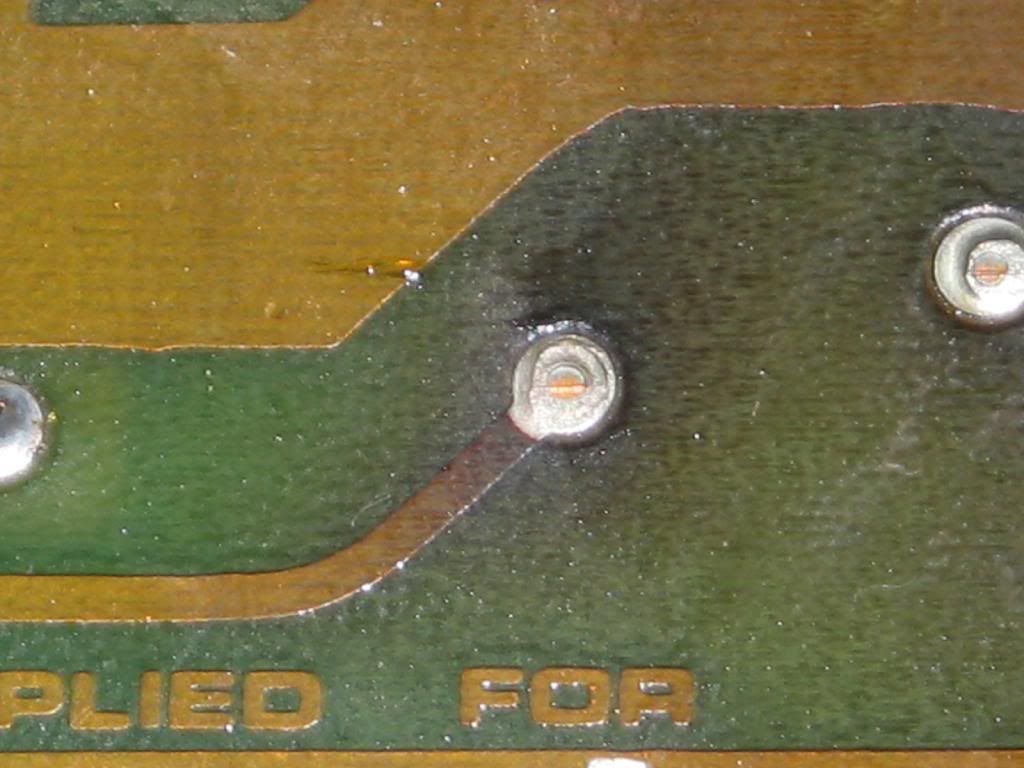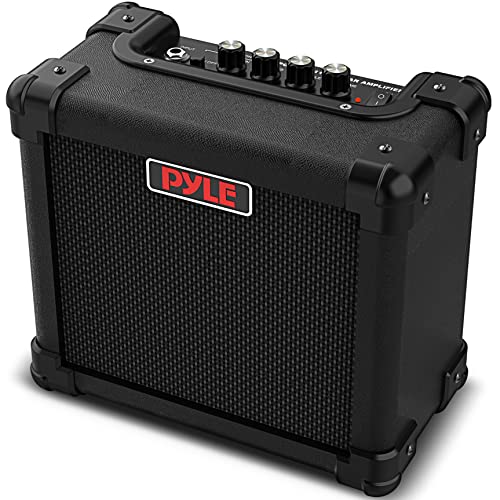GottaBoogie81
New member
- Joined
- May 18, 2014
- Messages
- 4
- Reaction score
- 0
Hello all, long time visitor, first time poster. I recently acquired a Studio 22+ with EQ section. I know it has been mentioned by other owners that it is known to run on the hot side of things. I have yet to replace the tubes, as the clean channel sounds great for the jazz I bought it for. The issue I'm having is this: when first powered up, the lead channel is everything it should be: creamy/crunchy saturated Boogie greatness. However, after about five minutes or so, kicking into the lead channel gives a wimpy (for lack of a better term) gain response, with little to no distortion. I'm assuming replacement of the V2 12AX7 might remedy this, and indeed all of the tubes should be replaced, but I'm wondering if this is a known issue related to temperature, and not the tube itself. I know this amp has been called finicky by others, but it is so much more portable, useful and musical than my DC-2 combo was before I sold it, that I really want to put things right. Incidentally, I am a CAD artist as well, and intended to use this amp to draw a more useful schematic than the difficult-to-read pdf that is floating around the web. Unfortunately, both the Studio 22 I purchased first and this 22+ are of the inverted main board variant, so work is progressing much more slowly on that front than I'd hoped. For the record, everything else works well, including the switching itself, and I have cleaned and lubed all internal components and sockets using recommended methods (Deoxit F5 and CRC Contact Cleaner where appropriate), so my instinct is that this is just a simple temp/tube issue. Thanks in advance for any responses, and thanks also for the great info that you guys have shared about this gem of an amp previously. 























